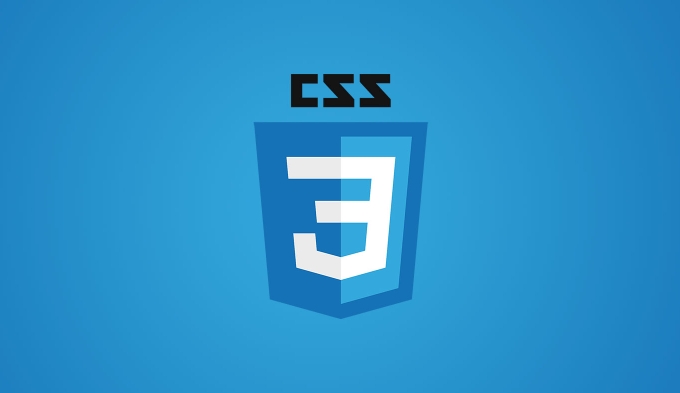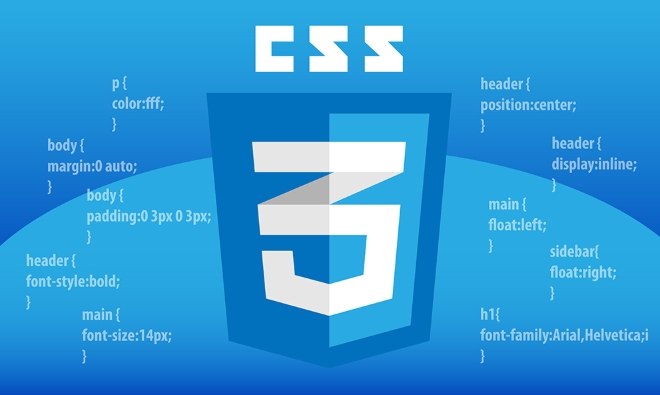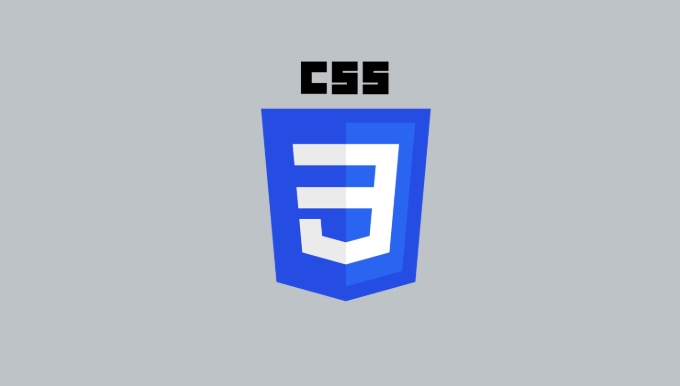Responsive tables can be implemented in three ways: first, use media query to adjust the layout, change the table structure to vertical display and label the data type with data-label. Secondly, horizontal scrolling is achieved through overflow-x. Suitable for the situation where there is a lot of content without re-arrangement. Finally, combine front-end frameworks such as Bootstrap's .table-responsive class to simplify development and have good compatibility. Select the appropriate method according to project needs.

Responsive forms are important in modern web design, especially when viewed on mobile devices. Traditional tables can become difficult to read on small screens, so some CSS tricks are needed to adapt them to different screen sizes.

Adjust table layout using media queries
A common approach is to use media queries to apply different styles based on the screen width. For example, you can change the layout of a table from horizontal to vertical:

table {
width: 100%;
border-collapse: collapse;
}
@media (max-width: 600px) {
table, thead, tbody, th, td, tr {
display: block;
}
th {
display: none;
}
tr {
margin-bottom: 1rem;
}
td {
position: relative;
padding-left: 50%;
}
td::before {
content: attr(data-label);
position: absolute;
left: 0;
padding: 0.5rem;
font-weight: bold;
}
} This way, on the small screen, each cell will be displayed as a block-level element and the data type is marked by data-label attribute.
Simple scrolling effect with overflow-x
If you do not want to change the table structure, you can achieve horizontal scrolling by setting overflow-x: auto of the container:

.table-container {
overflow-x: auto;
}
.table-container table {
min-width: 100%;
}This method is simple and effective, and is suitable for situations where there is a lot of content but no complex rearrangement is required.
- Advantages : Simple implementation, suitable for rapid deployment.
- Disadvantages : The mobile experience is average, and users need to swipe to view the complete content.
Simplify development with frameworks or libraries
If you are using front-end frameworks (such as Bootstrap, Foundation, etc.), you usually have built-in support for responsive tables. For example, Bootstrap provides the .table-responsive class:
<div class="table-responsive">
<table class="table">
<!-- Table content-->
</table>
</div>This method saves the hassle of manually writing media queries, and is optimized for better compatibility.
Basically that's it. You can choose the appropriate method to implement responsive tables based on project requirements.
The above is the detailed content of Creating responsive tables with CSS. For more information, please follow other related articles on the PHP Chinese website!

Hot AI Tools

Undress AI Tool
Undress images for free

Undresser.AI Undress
AI-powered app for creating realistic nude photos

AI Clothes Remover
Online AI tool for removing clothes from photos.

Clothoff.io
AI clothes remover

Video Face Swap
Swap faces in any video effortlessly with our completely free AI face swap tool!

Hot Article

Hot Tools

Notepad++7.3.1
Easy-to-use and free code editor

SublimeText3 Chinese version
Chinese version, very easy to use

Zend Studio 13.0.1
Powerful PHP integrated development environment

Dreamweaver CS6
Visual web development tools

SublimeText3 Mac version
God-level code editing software (SublimeText3)

Hot Topics
 How can I include CSS only on some pages?
Jun 11, 2025 am 12:01 AM
How can I include CSS only on some pages?
Jun 11, 2025 am 12:01 AM
There are three ways to selectively include CSS on a specific page: 1. Inline CSS, suitable for pages that are not frequently accessed or require unique styles; 2. Load external CSS files using JavaScript conditions, suitable for situations where flexibility is required; 3. Containment on the server side, suitable for scenarios using server-side languages. This approach can optimize website performance and maintainability, but requires balance of modularity and performance.
 Flexbox vs Grid: Understanding the Key Differences in CSS Layout
Jun 10, 2025 am 12:03 AM
Flexbox vs Grid: Understanding the Key Differences in CSS Layout
Jun 10, 2025 am 12:03 AM
Flexboxisidealforone-dimensionallayouts,whileGridsuitstwo-dimensional,complexlayouts.UseFlexboxforaligningitemsinasingleaxisandGridforprecisecontroloverrowsandcolumnsinintricatedesigns.
 Creating an Auto-Closing Notification With an HTML Popover
Jun 10, 2025 am 09:45 AM
Creating an Auto-Closing Notification With an HTML Popover
Jun 10, 2025 am 09:45 AM
The HTML popover attribute transforms elements into top-layer elements that can be opened and closed with a button or JavaScript. Popovers can be dismissed a number of ways, but there is no option to auto-close them. Preethi has a technique you can u
 What is 'render-blocking CSS'?
Jun 24, 2025 am 12:42 AM
What is 'render-blocking CSS'?
Jun 24, 2025 am 12:42 AM
CSS blocks page rendering because browsers view inline and external CSS as key resources by default, especially with imported stylesheets, header large amounts of inline CSS, and unoptimized media query styles. 1. Extract critical CSS and embed it into HTML; 2. Delay loading non-critical CSS through JavaScript; 3. Use media attributes to optimize loading such as print styles; 4. Compress and merge CSS to reduce requests. It is recommended to use tools to extract key CSS, combine rel="preload" asynchronous loading, and use media delayed loading reasonably to avoid excessive splitting and complex script control.
 How to use Lotties in Figma
Jun 14, 2025 am 10:17 AM
How to use Lotties in Figma
Jun 14, 2025 am 10:17 AM
In the following tutorial, I will show you how to create Lottie animations in Figma. We'll use two colorful designs to exmplify how you can animate in Figma, and then I'll show you how to go from Figma to Lottie animations. All you need is a free Fig
 Breaking Boundaries: Building a Tangram Puzzle With (S)CSS
Jun 13, 2025 am 11:33 AM
Breaking Boundaries: Building a Tangram Puzzle With (S)CSS
Jun 13, 2025 am 11:33 AM
We put it to the test and it turns out Sass can replace JavaScript, at least when it comes to low-level logic and puzzle behavior. With nothing but maps, mixins, functions, and a whole lot of math, we managed to bring our Tangram puzzle to life, no J
 External vs. Internal CSS: What's the Best Approach?
Jun 20, 2025 am 12:45 AM
External vs. Internal CSS: What's the Best Approach?
Jun 20, 2025 am 12:45 AM
ThebestapproachforCSSdependsontheproject'sspecificneeds.Forlargerprojects,externalCSSisbetterduetomaintainabilityandreusability;forsmallerprojectsorsingle-pageapplications,internalCSSmightbemoresuitable.It'scrucialtobalanceprojectsize,performanceneed
 Does my CSS must be on lower case?
Jun 19, 2025 am 12:29 AM
Does my CSS must be on lower case?
Jun 19, 2025 am 12:29 AM
No,CSSdoesnothavetobeinlowercase.However,usinglowercaseisrecommendedfor:1)Consistencyandreadability,2)Avoidingerrorsinrelatedtechnologies,3)Potentialperformancebenefits,and4)Improvedcollaborationwithinteams.






